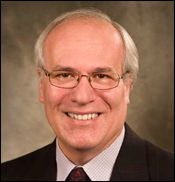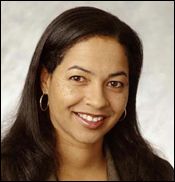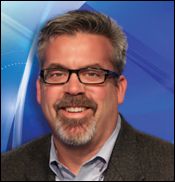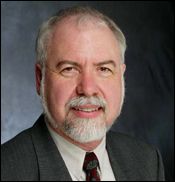B&C's 16th Annual Technology Leadership Awards: Leading the Transformation of TV

The 2013 class of Broadcasting & Cable's Technology Leadership Awards offers a diverse look at what it means to be a technical innovator in the television industry. This year, three of our honorees come from broadcast station groups, one hails from the Hollywood production sector and two others work for large nationwide broadcast and cable programmers.
Some have earned their award recognition through decades of work in the nuts and bolts of broadcast facilities or productions, toiling behind the scenes to deliver the highest-quality video possible; others have earned theirs through more abstract efforts to streamline operations and simplify file-based workflows.
But one quality unites them, a commonality that is increasingly important to the TV business as it struggles to adapt to a rapidly changing video and technical landscape-their willingness to embrace the collaborative process of innovation. Every award-winner has long understood the importance that learning and sharing of information with both mentors and teams has helped in their own careers and organizations. And beyond their own vital industry-wide work, they help promote the importance of closer collaboration throughout the TV sector on technical issues. This year's honorees will receive their awards from B&C at an April 8 reception at the NAB Show.
Harvey Arnold
Corporate Director of Engineering, Sinclair Broadcast Group
As stations work to preserve their broadcast spectrum and find new uses for it, a notable example of the pioneering engineering work needed to improve those transmissions and broadcast infrastructures can be found in the career of Harvey Arnold. Over the years, Arnold has played an important behind-the-scenes role in improving transmission technologies and broadcast systems.
More

Andrea Berry
Senior VP of Media Services, Fox Networks Engineering & Operations
Broadcasting & Cable Newsletter
The smarter way to stay on top of broadcasting and cable industry. Sign up below
After joining CBS in 1984, Andrea Berry recalls undergoing a year-and-a-half-long technical managementtraining course that exposed her to every aspect of the creation of TV programming. Among the things she saw, it was live programming that really enthralled her. She soon asked for a job in sports production, even though she had not been a passionate sports fan.
More

Kenneth Glen Brady
Senior VP, Media Technology and Operations, Turner Broadcasting
While in the eighth grade, Ken Brady remembers going to an Atlanta Braves baseball game and seeing a TV truck parked beside the stadium. "It was long before all the security you have now, and I literally walked into the truck," he says. One of the operators started showing him how things worked. "I thought, 'You mean you can get paid for this?'" recalls Brady.
More

Blake Russell
Senior VP, Station Operations, Nexstar Broadcasting Group
How can you strengthen your local news operations, which remain the key to boosting ratings and ad revenue, and streamline operations so your costs don't eat up profits? No one has found a simple answer yet. But Nexstar senior VP of operations Blake Russell's efforts to crack that riddle by deploying systems to better share content and to find cost-effective ways to ramp up local news production have earned him a place on
B&C
's list.
More

Peter A. Sockett
Director of Engineering and Operations, Capitol Broadcasting
Over the years, WRAL Raleigh (N.C.) has been a pioneer in HD as well as an early adopter of mobile DTV broadcasts and digital platforms. Today, the station produces 9½ hours of news daily. Its website, which streams massive amounts of on-air and original content each month, is regularly either the No. 1 or No. 2 local media site in the country. Those numbers also go a long way toward explaining why Peter Sockett, WRAL owner Capital Broadcasting's director of engineering and operations, is being honored.
More

Phil Squyres
Senior VP, Technical Operations, Sony Pictures Television
Back in the mid-1990s, Phil Squyres remembers being approached by Harry Friedman, the famed executive producer of Wheel of Fortune, who wanted to see if Squyres could suggest an easier and faster way for Vanna White to turn over the letters on the venerable syndicated game show. At the time, the set used plastic trilons that White turned over to reveal each letter. This looked fine, but it required producers to draw a curtain between games so new letters could be put up for the next round.
More
